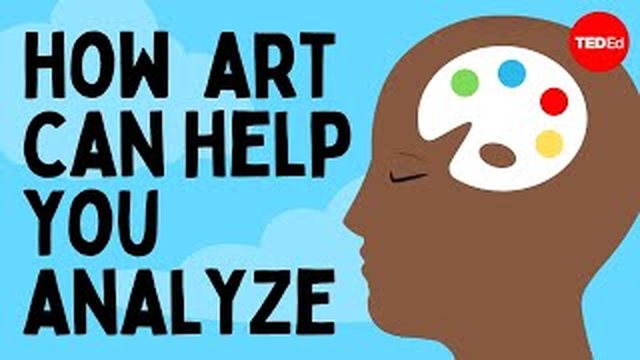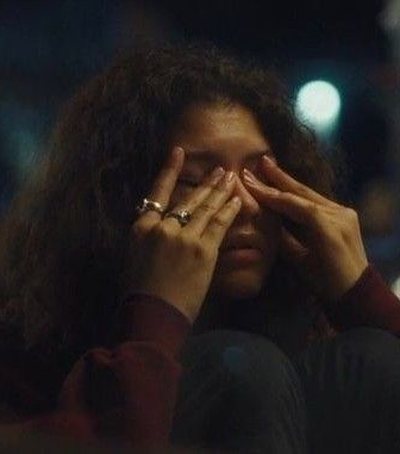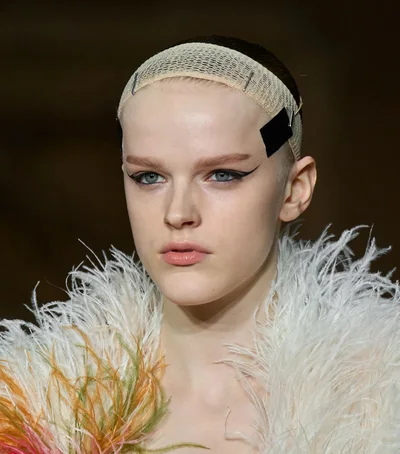
There is a prevailing view that art doesn't matter in the real world. However, studying art can enhance our perception and our ability to translate what we see to others. And these are useful skills. Skills that can save lives.
Doctors, nurses, and law enforcement officers can use painting, sculpture, and photography as tools to further enhance their visual acuity and communication skills, which are essential during certain investigations and emergencies. Whether you're treating an injury, investigating a crime scene, or trying to describe a situation to a colleague, art will make you better at it.
Let's imagine you're a seasoned police officer or a dedicated doctor, but also imagine you're in a museum looking at a painting. René Magritte's painting "Beyond Time" (1938) presents a mysterious and complex interior environment that invites us to analyze, unlike what is required of a patient's symptoms or a crime scene.
A miniature train, whose origin and destination are unknown, is emerging from a chimney. Smoke from the locomotive rises up the chimney, as it does when there is a fire, which, however, seems to be missing from the lower part of the chimney where it would normally be. The mystery of this scene echoes in the empty hall, reinforced by the brown wooden floors and by the wood on the right side of the fireplace. Above the fireplace are two candlesticks and a clock. Behind these objects, we see a large mirror reflecting an empty environment and only a partial reflection of the objects above it. The juxtaposition of these objects representing the movement of the train raises a series of questions that do not seem to have an obvious answer.
Did I summarize the painting accurately, or did I leave some details out?
It doesn't really matter if you look at any other details in the painting, but what if we were both seasoned cops? I'm calling you to help. And you're thinking that the two ninjas I mentioned are, in fact, six ninja thugs with lasers.
A careful study of art can train viewers to study carefully, analyze the elements observed, articulate them concisely, and formulate questions to address apparent inconsistencies. Examining the details of an unfamiliar scene, in this case a work of art, as well as accurately observing any possible contradictions is an essential skill for those who view, for example, patient graffiti or those who interrogate suspects.
Let's take a look at this painting. OK, Magritte, here's a relatively small painting that you painted:
But why aren't there any train tracks there? Why isn't there a fire? What happened to the candles? Why doesn't the chimney have a little tunnel for the train?
It just comes straight out of the wall. And the clock says it's a quarter to one, but I'm not sure if the light coming from the window at an angle indicates it's just past lunchtime.
What is this whole painting about?
And here's the part where you, my trusted colleague (from the seasonal police duo), stops me, and I walk away. You take Magritte a cup of coffee and hold it up to him to see if this painting will hold up in court. Viewers can provide a more detailed and accurate description of a situation by articulating what is seen and what is not. This is especially important in the medical field. If a disease is evidenced by three symptoms, and only two are present in a patient, a medical professional must clearly state the absence of the third symptom, specifying that the patient may not have the suspected disease. Any apparent absence of symptoms is only noticeable to an eye trained to see these absences.
Art teaches professionals across a wide spectrum of disciplinary fields not only to ask more effective questions about those that cannot provide immediate answers, but also, and even more importantly, how to analyze complex, real-world situations from a new and different perspective, ultimately solving important problems.
A keen attention to detail, the ability to step back when necessary and see in a different way, are skills that those who will provide answers must possess, especially master's-level art historians.
Art trains us to investigate, and that's a skill for the real world, if there really is one.
Source: TED-ED, 2013
https://www.youtube.com/watch?v=ubEadhXWwV4





